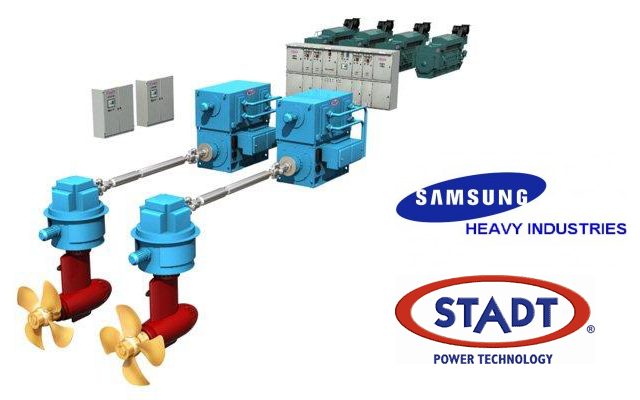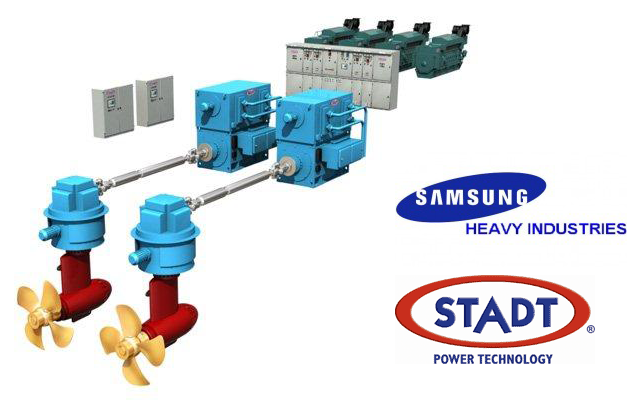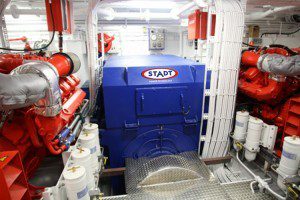Damen acquires UK-based I.M.E Group
Next step in development of UK services offering Damen has announced the acquisition of Southampton-based I.M.E Group Ltd. The acquisition follows close collaboration between the two parties since the opening...

 One of the world’s largest shipbuilders, South Korea’s Samsung Heavy Industries, has ordered STADT STASCHO No-Loss Drive electrical propulsion systems from STADT AS in Norway. It’s the patented system that shows promise for reducing harmful emissions produced by ships while entering and leaving port.
One of the world’s largest shipbuilders, South Korea’s Samsung Heavy Industries, has ordered STADT STASCHO No-Loss Drive electrical propulsion systems from STADT AS in Norway. It’s the patented system that shows promise for reducing harmful emissions produced by ships while entering and leaving port.
Samsung has partnered with the Korean government to increase focus on developing more sustainable propulsion technology for their ships. Reduction of CO2, NOx, and fuel consumption are important goals, together with a conversion from oil to natural gas, but electrical propulsion systems show short-term promise.
This system uses LNG as a fuel source and enables engineers to separate power production from the propulsion system. The LNG-fed generators will operate with a rather steady load, quite independent of how much power is sent to the propeller. The propellers are driven by the robust STADT electric No-Loss drive system.
STADT have spent the last 10 years in the development of this No-Loss drive system, which is their 5. generation technology. With 25 years of experience within marine electro-technologic developments, it is pleasing to see that the work can give a global meaning to the environment, and at the same time make international shipping more sustainable and gives better payback for the ship-owners, says STADT director Hallvard Slettevoll. The product range is comprehensive, covering propeller systems from 100 kW up to 100 MW in many voltage classes from 220 V up to 15 kV. Further, big power transformers are not required in the STADT technology, saving a lot of space, weight and losses.
 One of many technological benefits is complete freedom from many disturbances, such as electromagnetic interference- EMI, acoustic noise and vibrations. This holds many advantages for commercial ships, but it has an even bigger impact in military projects.
One of many technological benefits is complete freedom from many disturbances, such as electromagnetic interference- EMI, acoustic noise and vibrations. This holds many advantages for commercial ships, but it has an even bigger impact in military projects.
For many years, STADT has noticed a direct link between unpredicted major failures, and even explosions, in drives that have incorporated big DC capacitor systems. These capacitors, and low inductive DC switching circuits with minimal insulation creepage distances, often less than 1 millimeter at up to 1000 V DC , have represented a major part of the undesired faults, lead to limited lifetime and failure situation for those products. In the STADT STASCHO drives, the use of DC capacitors is limited, and only used temporary – eliminating the major problems experienced by past generations of hybrid drives.

Sign up for gCaptain’s newsletter and never miss an update

Subscribe to gCaptain Daily and stay informed with the latest global maritime and offshore news
Essential news coupled with the finest maritime content sourced from across the globe.
Sign Up